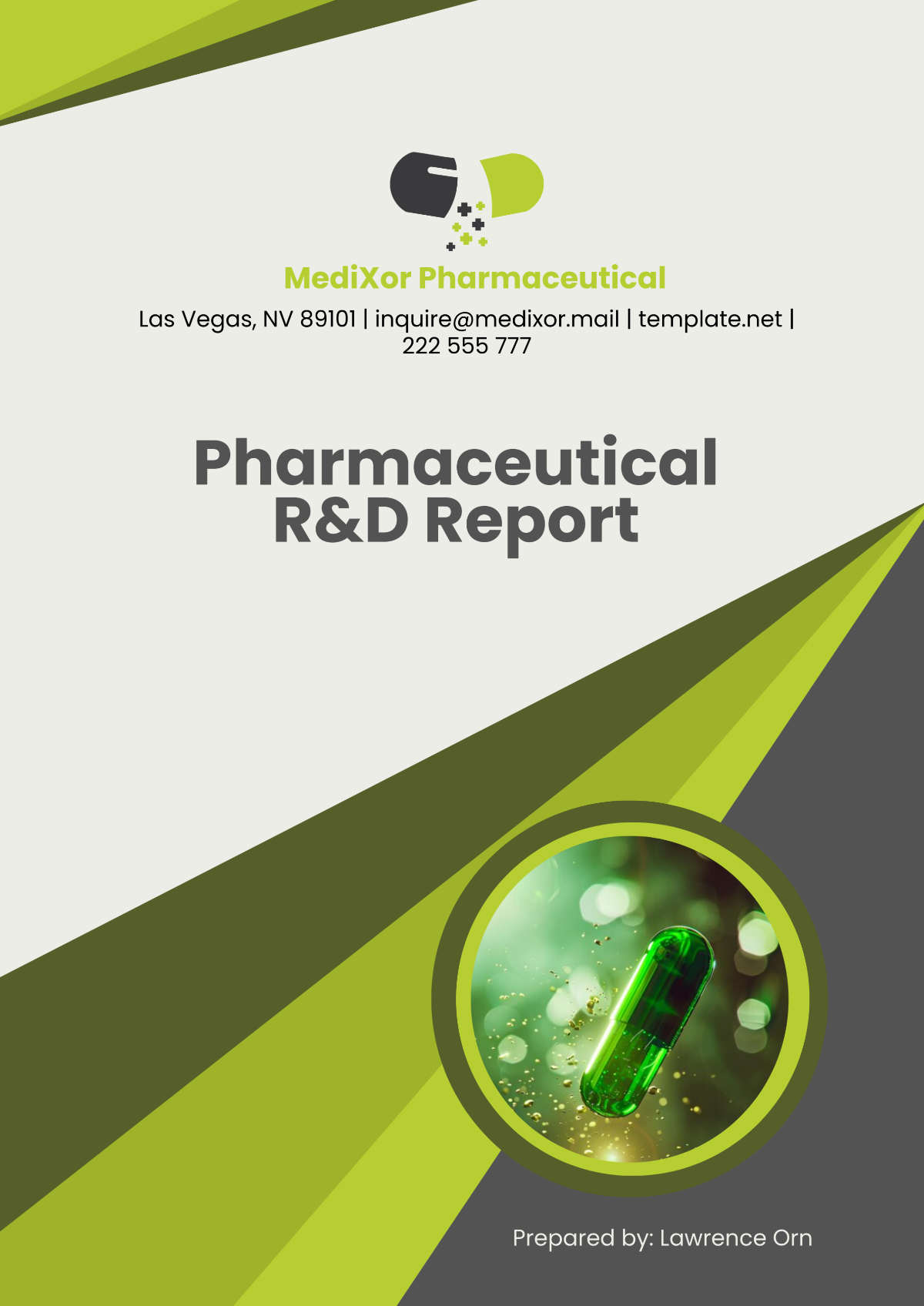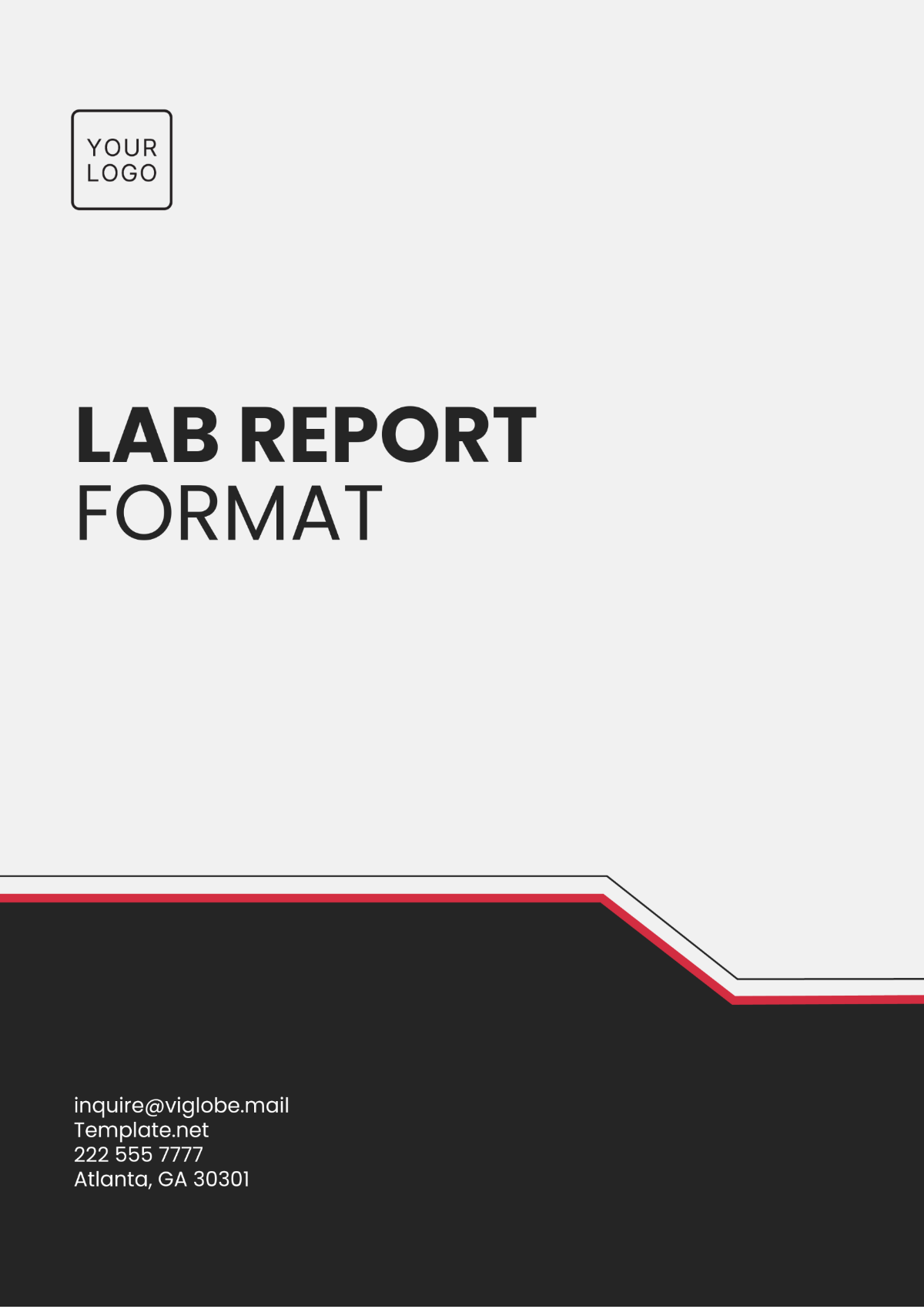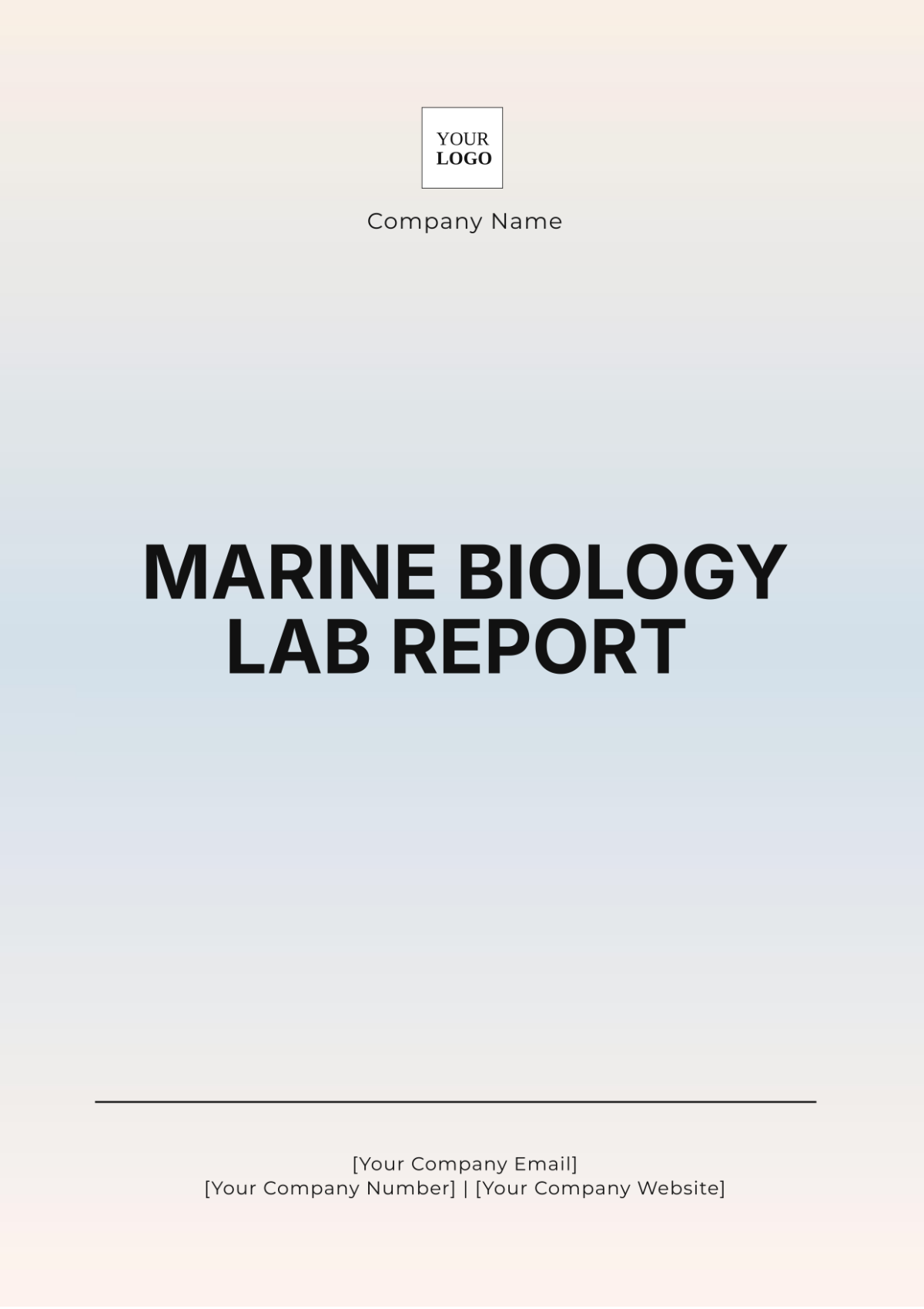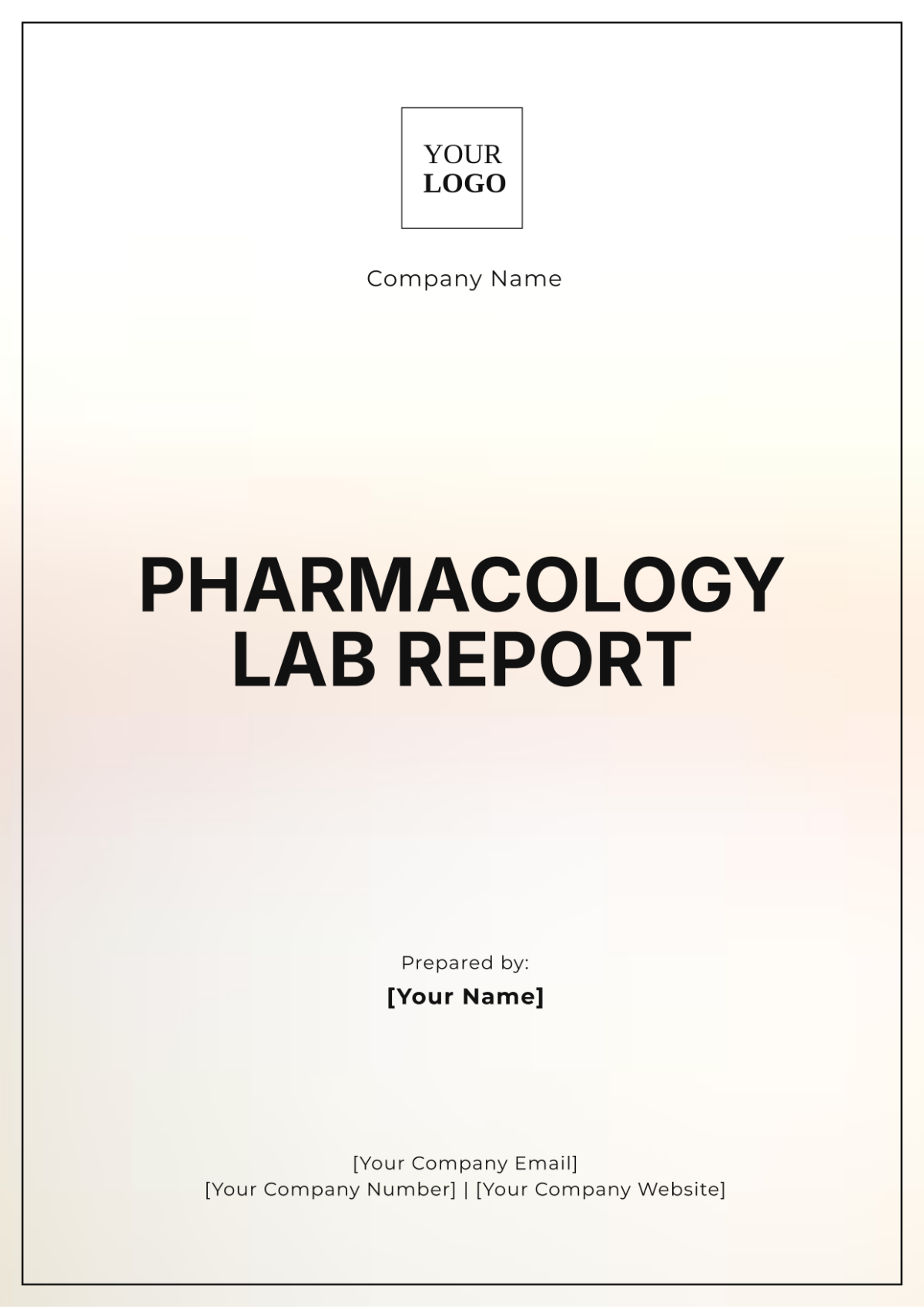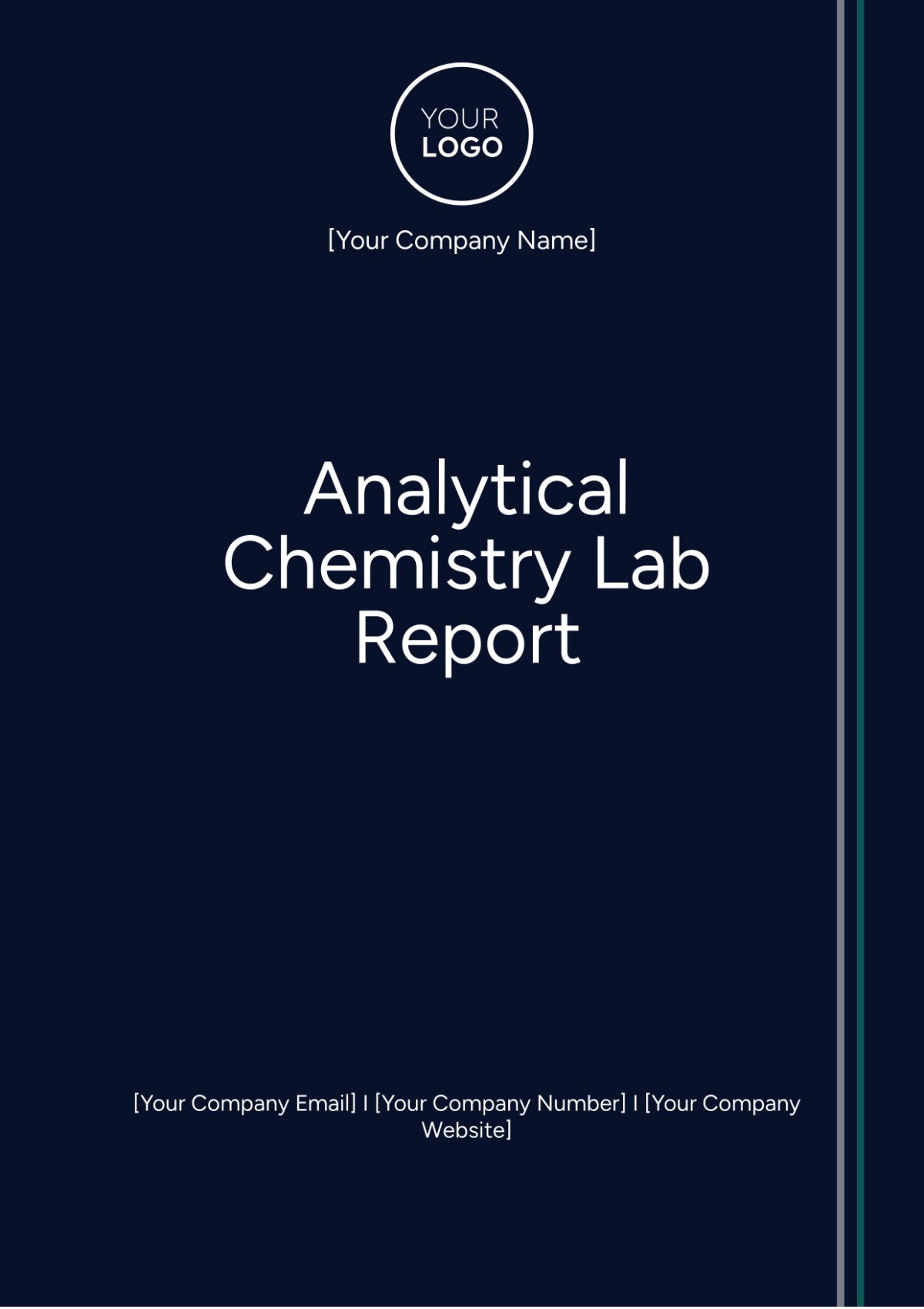Advanced Chemistry Lab Report
Prepared By | Under the Supervision of: |
|---|---|
[Your Name] | [Your Company Name] |
Title: Synthesis and Characterization of Aspirin from Salicylic Acid and Acetic Anhydride
I. Abstract
This experiment aimed to synthesize aspirin (acetylsalicylic acid) from salicylic acid and acetic anhydride and to characterize the product using various analytical techniques. The reaction was carried out under controlled conditions, and the yield was calculated. The synthesized aspirin was characterized by melting point determination, infrared (IR) spectroscopy, and thin-layer chromatography (TLC). The results confirmed the successful synthesis of aspirin with a high degree of purity.
II. Introduction
Aspirin, or acetylsalicylic acid, is a widely used analgesic and anti-inflammatory medication. Its synthesis involves the esterification of salicylic acid with acetic anhydride. This experiment aims to synthesize aspirin and characterize the product to confirm its identity and purity. The reaction is as follows:
Salicylic Acid+Acetic Anhydride→Aspirin+Acetic Acid
III. Materials and Methods
A. Materials
Salicylic Acid
Acetic Anhydride
Phosphoric Acid (catalyst)
Ethanol
Ice
Distilled Water
Reagents for TLC: Ethyl Acetate and Hexane
B. Apparatus
Reflux setup (flask, condenser)
Ice bath
Vacuum filtration apparatus
Melting point apparatus
IR spectrometer
TLC plates
C. Procedure
Synthesis of Aspirin:
In a 250 mL round-bottom flask, combine 5 g of salicylic acid with 7 mL of acetic anhydride and 5 drops of phosphoric acid.
Heat the mixture to reflux for 30 minutes.
After refluxing, allow the mixture to cool and then pour it into 50 mL of ice-cold water to precipitate the aspirin.
Filter the solid product using vacuum filtration and wash with cold water.
Dry the aspirin in an oven at 50°C for 30 minutes.
Characterization:
Melting Point Determination:
Measure the melting point of the synthesized aspirin using a melting point apparatus.
Infrared Spectroscopy (IR):
Prepare an IR sample by mixing a small amount of aspirin with potassium bromide (KBr) and pressing it into a pellet.
Record the IR spectrum and compare it with the standard spectrum of aspirin.
Thin-Layer Chromatography (TLC):
Prepare a TLC plate and spot samples of synthesized aspirin and pure salicylic acid.
Develop the plate using a solvent system of ethyl acetate and hexane.
Visualize the spots under UV light and compare the Rf values.
IV. Results
Yield: The yield of the synthesized aspirin was 4.5 g.
Melting Point: The observed melting point was 135-137°C, which is consistent with the literature value of 136°C for pure aspirin.
Infrared Spectrum: The IR spectrum showed characteristic peaks at 1750 cm⁻¹ (carbonyl stretch) and 3300 cm⁻¹ (hydroxyl group), confirming the presence of aspirin.
TLC Analysis: The Rf value of the synthesized aspirin was 0.45, which matched the Rf value of standard aspirin and was distinct from that of salicylic acid.
V. Discussion
The synthesis of aspirin was successful, as indicated by the melting point, IR spectrum, and TLC results. The melting point was consistent with literature values, suggesting the high purity of the product. The IR spectrum showed the expected functional groups for aspirin, confirming the chemical structure. TLC results corroborated the identity of the product by comparing it with a standard sample.
VI. Conclusion
Aspirin was successfully synthesized from salicylic acid and acetic anhydride. The product was characterized by melting point determination, IR spectroscopy, and TLC, confirming its identity and purity. The experiment demonstrated effective synthesis and analytical techniques for characterizing organic compounds.













